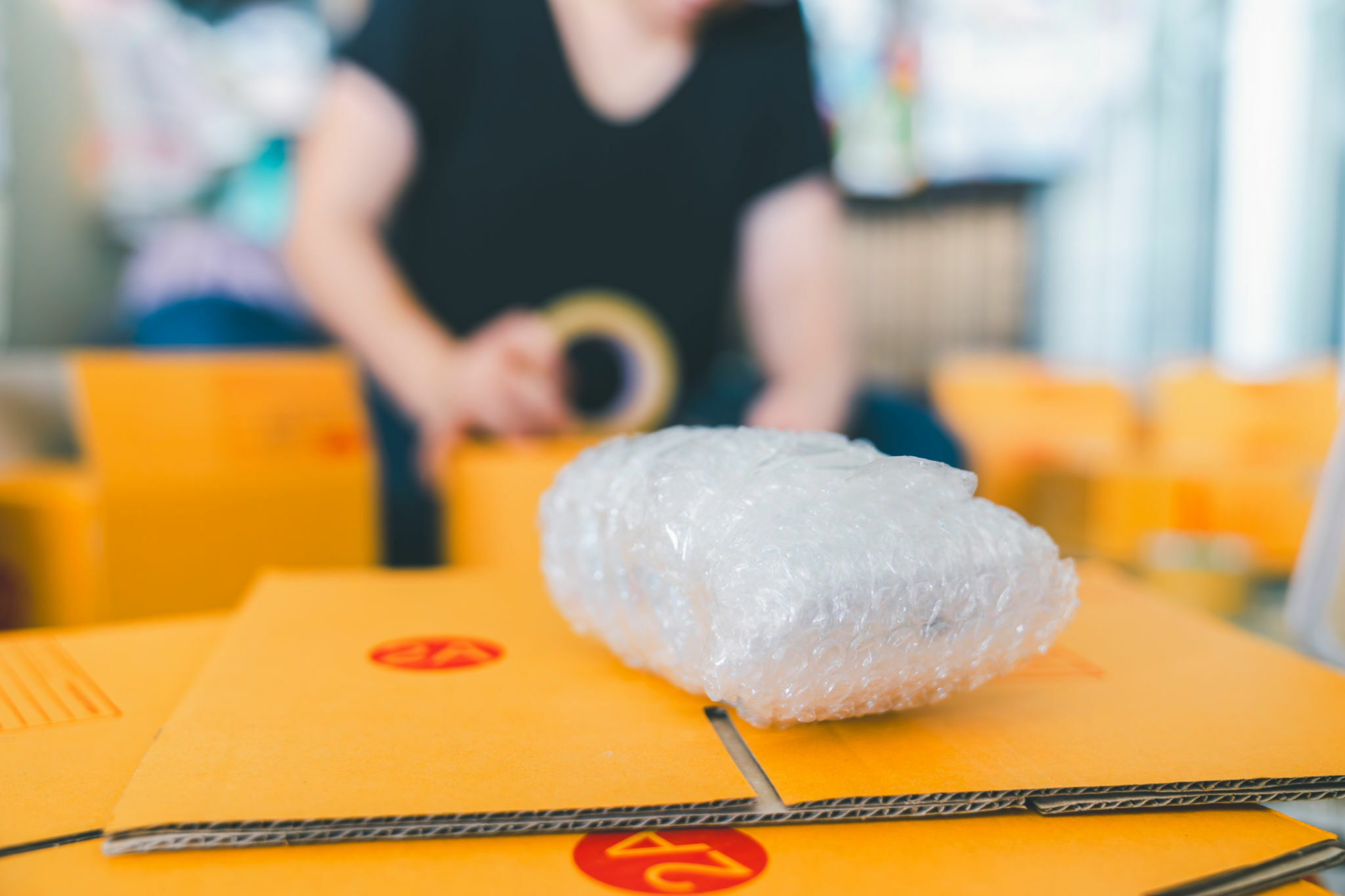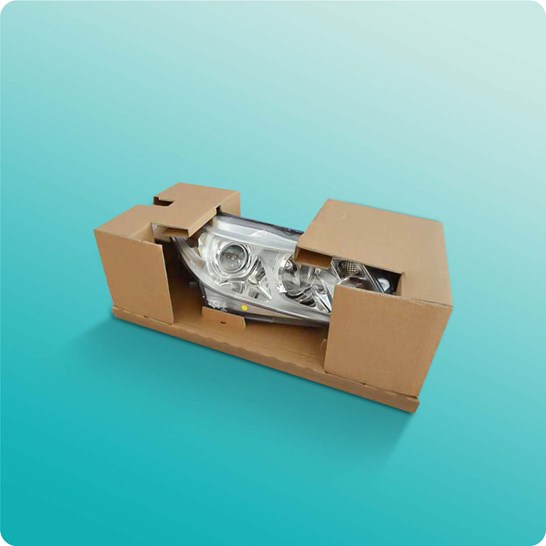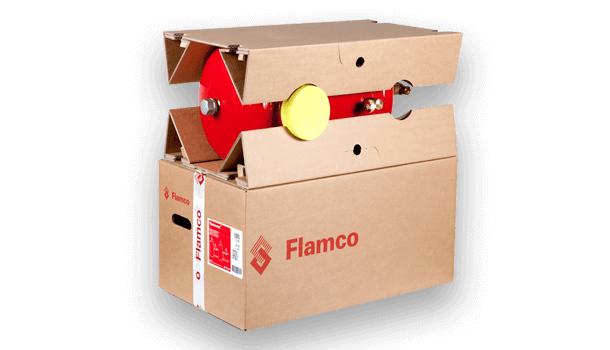Industrial Metal Packaging: Stamina and Toughness in Every Style
Wiki Article
Reliable Industrial Recycling Solutions for Lasting Packaging: A Comprehensive Guide
In today's significantly environmentally-conscious globe, the demand for lasting product packaging solutions has never ever been higher. To satisfy this demand, services throughout sectors are actively seeking effective industrial recycling services. Nevertheless, browsing the complex landscape of sustainable packaging can be challenging without a thorough guide. That's where this comprehensive guide on effective industrial recycling solutions for lasting packaging comes in. By exploring essential locations such as product packaging material option, developing for recyclability, implementing reusing facilities, collaborating with reusing partners, and monitoring and measuring reusing success, this overview will furnish you with the understanding and tools necessary to make informed choices and drive positive change within your company. Whether you're a product packaging expert, sustainability manager, or just thinking about the topic, this guide will certainly give important understandings and strategies to help you browse the world of sustainable product packaging.Product Packaging Material Choice
The option of product packaging materials plays a vital role in ensuring the sustainability of industrial recycling options. The option of products is key in reducing environmental impact and taking full advantage of reusing performance when it comes to lasting product packaging. Choosing the ideal products can help in reducing waste generation, preserve sources, and promote a round economic climate.Products like cardboard, paper, glass, and particular types of plastics can be recycled several times without losing their top quality. On the various other hand, materials that are tough to reuse, such as combined plastics or non-recyclable compounds, can create obstacles for the recycling procedure and may finish up in land fills or burners.
Another factor to consider is using renewable and biodegradable materials. Packaging made from renewable sources, such as plant-based plastics or biopolymers, can help in reducing dependence on fossil fuels and reduce environment change. Furthermore, eco-friendly materials break down normally over time, lowering the accumulation of waste in garbage dumps.
Moreover, the weight and quantity of packaging products must be decreased to decrease transport expenses and energy consumption. Lightweight products not only require fewer sources during production however additionally contribute to decrease carbon emissions during transport.
Creating for Recyclability
In order to ensure the recyclability of packaging materials, thoughtful style is essential. Designing for recyclability includes producing packaging that can be quickly arranged, divided, and refined in reusing centers. One crucial element of making for recyclability is the selection of products. Product packaging designers must focus on the usage of materials that are commonly accepted for reusing and have actually developed recycling frameworks. Products such as glass, aluminum, and specific kinds of plastic, like animal and HDPE, are typically reused and must be liked over materials that are expensive or tough to recycle.Another important consideration in creating for recyclability is the elimination of unnecessary parts or products. By minimizing the variety of layers, layers, and additional components, product packaging can be made easier and easier to reuse. Furthermore, designers need to aim to decrease making use of combined materials, as they can make complex the recycling procedure.

Implementing Recycling Framework
Efficient execution of recycling infrastructure is vital for the success of industrial reusing solutions. Without appropriate infrastructure in position, the recycling process ends up being inadequate and ineffective, hindering the total objective of sustainable packaging.To carry out recycling facilities properly, a number of crucial factors need to be considered. There should be an efficient collection system that facilitates the separation and collection of recyclable materials. This can include assigned reusing containers in public rooms, as well as partnerships with waste administration firms for curbside pick-up and sorting.
When accumulated, the recyclable materials need to be moved to recycling facilities in a timely manner. This needs reliable logistics and transport networks, ensuring that the materials reach the suitable facilities right away.
At the reusing facilities, advanced sorting and processing innovations must remain in location to divide different kinds of products efficiently. This consists of making use of automated arranging equipments, optical scanners, and hand-operated sorting techniques.
Additionally, there ought to be a robust market demand for recycled products. This can be achieved through collaborations with manufacturers and industries that use recycled materials in their production processes. Creating a steady market for recycled products incentivizes the recycling market and promotes the round economic situation.
Working Together With Recycling Allies

One key aspect of collaborating with reusing partners is the establishment of clear communication channels. It is necessary to develop open lines of interaction to help with the exchange of details, updates, and responses. This permits both celebrations to stay educated regarding the progression of recycling initiatives and address any kind of difficulties or issues that might develop.
In addition, cooperation can include collaborations in designing and implementing recycling programs. Recycling companions can provide beneficial insights and advice in establishing efficient collection systems and establishing one of the most suitable recycling innovations. By interacting, organizations and recycling partners can optimize the reusing process and decrease waste.
In addition, collaboration can expand past the operational elements of reusing. It can likewise incorporate campaigning for and education efforts. By signing up with forces, organizations and recycling partners can increase understanding about the value of reusing and promote the adoption of lasting product packaging practices among customers and various other stakeholders.
Tracking and Measuring Recycling Success
To ensure the effectiveness of commercial reusing solutions and the accomplishment of sustainable product packaging objectives, it is critical for businesses and their recycling partners to develop an extensive system for monitoring and gauging reusing success (processing company). Tracking and gauging recycling success useful source allows companies to examine the impact of their reusing efforts, determine areas for renovation, and established significant targets for future progressionOne means to track recycling success is with making use of data collection and analysis tools. By collecting data on the amount of packaging waste produced, the percent of waste that is reused, and the kinds of materials being More Info recycled, services can acquire useful insights into their recycling efficiency. This information can then be analyzed to determine patterns, patterns, and locations of ineffectiveness.
An additional important element of monitoring and gauging recycling success is developing standardized and clear metrics. This permits organizations to contrast their efficiency versus industry benchmarks and track their progression gradually. Metrics such as recycling prices, waste diversion prices, and greenhouse gas emissions can offer a quantitative measure of a business's recycling success.

Conclusion
Finally, implementing efficient industrial recycling options for sustainable product packaging calls for mindful factor to consider of product packaging material option, creating for recyclability, carrying out recycling facilities, collaborating with reusing partners, and tracking and gauging reusing success. By incorporating these techniques, organizations can add to a more lasting and environmentally-friendly technique to packaging, reducing waste and advertising the circular economy.By exploring essential areas such as packaging product selection, creating for recyclability, implementing reusing framework, teaming up with reusing companions, and monitoring and gauging reusing success, this guide will outfit you with the expertise and tools required to make informed decisions and drive favorable change within your company. Packaging developers must prioritize the use of products that are widely approved for reusing and have established reusing infrastructures.Cooperation with recycling partners is essential for the effective implementation of industrial reusing services and the success of lasting packaging goals. By joining pressures, businesses and recycling partners can elevate awareness concerning the relevance of recycling and promote the adoption of sustainable product packaging methods among consumers and other stakeholders.
By gathering data on the quantity of packaging waste produced, the portion of waste that is recycled, and the types of products like this being reused, businesses can acquire beneficial understandings right into their reusing efficiency.
Report this wiki page